12 kW or 12 kilowatts is 12,000 watts direct current direct current. This could produce an estimated 1,800 kilowatt-hours (kWh) of alternating current (AC) per month, assuming at least 5 hours of sunshine per day with the solar panel facing south.
Are solar panels bad for your roof?
Contents
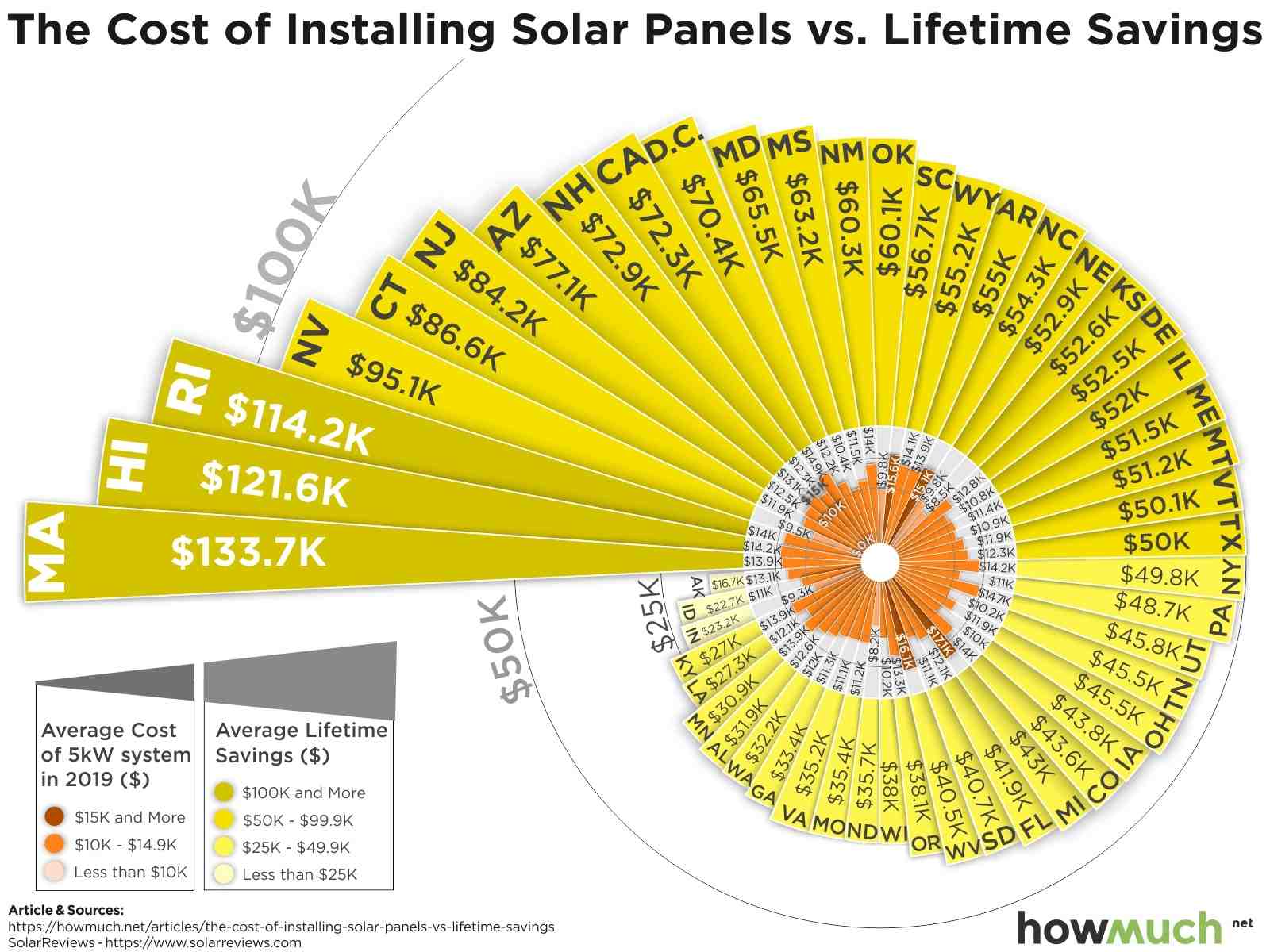
Solar panels are not necessarily bad for your roof. The chance of solar panels damaging your roof stems from the installation method. … These nails and bolts are usually driven directly through the roofing and into the attic or ceiling. It is not surprising that holes in the roof can lead to leakage over time.
What are the disadvantages of solar panels on your roof? Disadvantages of solar energy
- Solar does not work at night. …
- Solar panels are not attractive. …
- You cannot install a solar system at home yourself. …
- My roof is not suitable for solar energy. …
- Solar energy harms the environment. …
- Not all solar panels are of high quality.
Does solar damage your roof?
So, do solar panels damage your roof when installed? For most homeowners, as long as your solar panels are installed correctly, they shouldn’t cause damage to your roof’s exterior or infrastructure. … When solar panels are installed, installers drill holes in the roof to anchor and securely mount the panels.
How is a solar panel connected to the house?
Either connect the solar panels directly to an inverter and then connect it to the home network, or connect the inverter to the battery and then to the home electricity grid. … Every panel on your roof uses direct current (DC) and your house power uses alternating current (AC). The inverter converts direct current into alternating current.
Are solar panels too heavy for roof?
Solar panels designed for rooftop installation are not heavy enough to compromise the integrity of a roof. However, there are some other factors that can cause panels to unexpectedly become too heavy for installation on your roof. This could be roof damage or infrastructure issues, depending on the architecture or age of your home.
Can solar panels collapse a roof?
Installing solar panels will increase the weight on your roof’s structure. If the weight of these solar panels is too heavy for your roof, there is a chance that it will collapse. This is very dangerous for many reasons, not to mention expensive.
Are solar panels hard on the roof?
Solar panels will not damage your roof if installed correctly. For most homeowners, installing solar panels will not cause roof damage as long as your solar installer is a licensed, qualified professional and your roof is in good condition.
How much does a whole house solar system cost?
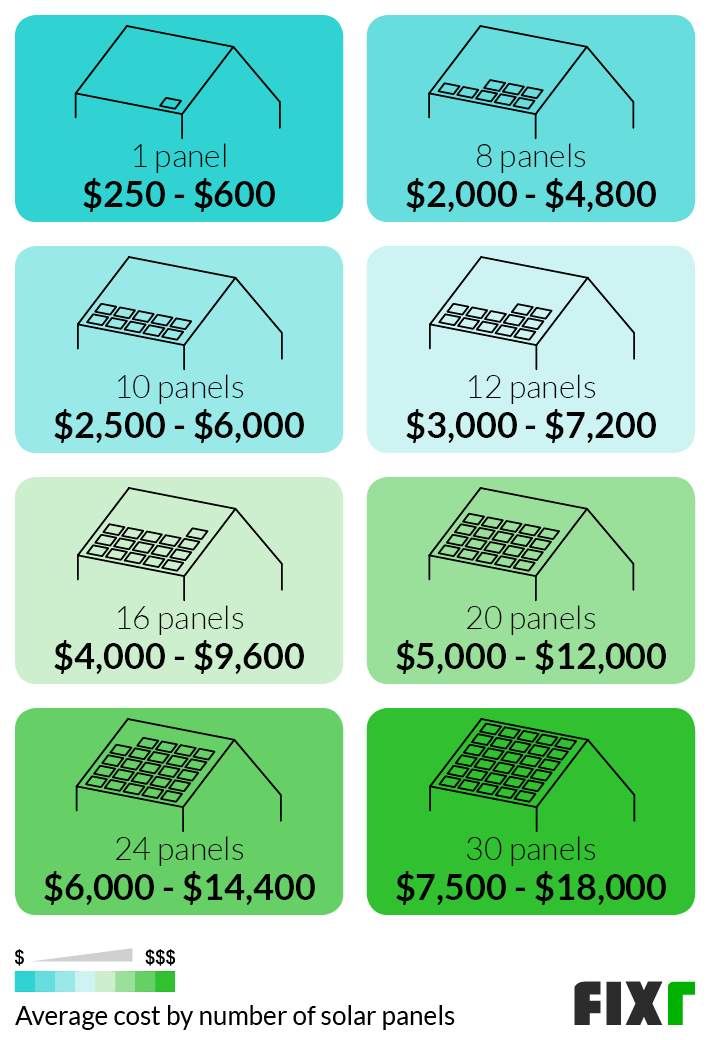
When installed, an average 5 kW residential system costs between $3 and $5 per watt according to the CSE, resulting in the $15,000 to $25,000 range. Those costs are before any tax credits and incentives. If you know your current energy consumption, you can calculate how much you should pay for solar panels.
How much do solar panels cost for a 2000 square foot house? Solar panel costs for a 2,000 square feet. The average cost range for installing solar panels for a 2,000-square-foot home is between $15,000 and $40,000. Your costs are determined by how much power you use per day.
How much is a complete solar system for a house?
Average Cost: $9,255 – $28,000 Residential solar panels typically range in size from 3 kW to 8 kW and can cost between $9,255 and $28,000 in total installation costs. View the average cost of custom solar panels (before tax credits or discounts). How much do solar panels cost?
How much does it cost to fully solar power your house?
After solar tax credits, the cost of a solar panel system for an average-sized home in the U.S. ranges from $11,144 to $14,696, according to EnergySage. If you need a few panels for a small DIY project, expect to pay about $200 to $250 per panel (about $1 per watt).
How much do solar panels cost for a 1500 square feet house?
Solar panels for a 1,500-square-foot home cost about $18,500, with average prices ranging from $9,255 to $24,552 in the US for 2020. According to Modernize, installing solar panels costs about $18,500 for a 6 kW solar panel system for a 1,500-square-foot.
How many solar panels does it take to run a full house?
How many solar panels are needed to power my home? The average home in the US uses 10,400 kWh of electricity per year. If you install the average 250-watt solar panel, you’ll need about 28-34 solar panels to generate enough energy to power your entire home.
How many solar panels are needed for a 2000 sq ft house?
So a 2,000-square-foot house should have a 4,000-watt solar panel. Depending on the type of panel you choose, a system of this size would be anywhere from 12-18 solar panels.
How many solar panels are needed to power an average house?
We estimate that an average home needs between 20 and 25 solar panels to cover 100 percent of its electricity consumption. The actual number you should install will depend on factors such as geographic location, panel efficiency, panel power rating and your personal energy consumption.
Can I get a government grant for solar panels?
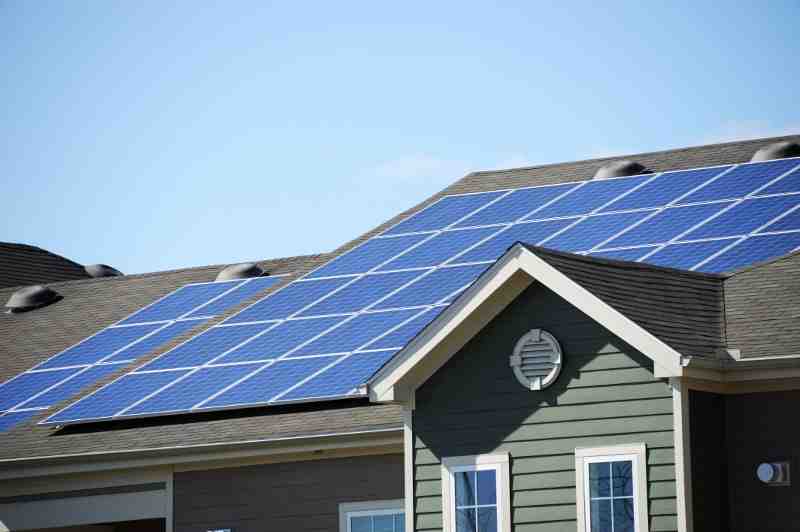
There are no subsidies for solar panels in the traditional sense of the word from the government that reimburses all or part of your solar panel installation. What they offer instead is a scheme called the feed-in rate that pays you money for 20 years after your solar panels are installed.
How much will the government pay for solar panels? In December 2020, Congress approved an extension to the ITC, which provides a 26% tax credit for systems installed in 2020-2022 and 22% for systems installed in 2023. (Systems installed before December 31, 2019 were eligible for a 30% tax credit.) The tax credit expires in 2024 unless Congress renews it.
Is the government giving away free solar panels?
Simply put, you don’t get free solar panels from the government. These payment plans are actually solar leases or power purchase agreements (PPAs), and they are a free upfront option that gives ownership to the solar company or installer.
Can I really get solar panels for free?
Here’s the deal: There’s no such thing as a free lunch (or a free solar panel installation). Free solar panels are not really free; you pay for the electricity they produce, usually under a 20 to 25-year solar lease or power purchase agreement (PPA).
Is the government paying for solar panels?
One of the biggest incentives for homeowners in California is the Federal Investment Tax Credit (ITC). From now until 2021, the federal government is offering a 26% investment deduction on the total cost of a home solar system. In 2021, the value of the tax credit will fall to 22%.
How long do solar panels last?
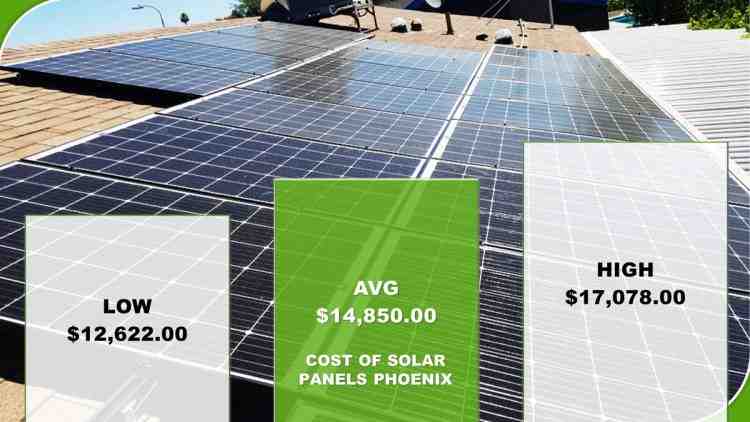
But the solar panels that generate that power don’t last forever. The industry standard lifespan is about 25 to 30 years, meaning some panels installed at the early end of the current boom won’t be long past retirement.
What will happen to solar panels after 25 years? Research by NREL shows that the majority of panels are still producing energy after 25 years, albeit at a slightly lower power. Investing in solar energy is a long-term commitment. … At the end of a 25 year warranty, your panels should still be producing energy at 75-87.5% of their rated power.
What are the 2 main disadvantages to solar energy?
However, solar energy still has significant drawbacks that we should be aware of. The 2 main disadvantages of solar energy are its dependence on weather conditions and the inability to store electricity. The yield of solar energy is largely dependent on direct sunlight.
What is a major disadvantage of using solar power?
Reliability. A disadvantage of solar is that it depends on the sun, electricity cannot be generated at night, so you either have to store excess energy made during the day, or be connected to an alternative power source, such as the local grid.
What are two disadvantages of solar cells?
Disadvantages or Disadvantages of Solar Cell ➨It cannot be used in the absence of light from any source. âIt involves a very high initial cost for installation. âIn cloudy weather, less power is generated. ➨A very large geographical area is needed to deploy solar panels or cells.
Why do solar panels stop working?
According to NREL, modules can fail due to unavoidable elements such as thermal cycling, moist heat, humidity freezing and UV exposure. Thermal cycling can cause solder joint failures and cracks in solar cells.
What temperature do solar panels stop working?
Solar panels are generally tested at approximately 77°F and have maximum efficiency between 59°F and 95°F. However, solar panels can get as hot as 149°F in the summer. When the surface temperature of your solar panels gets that high, the efficiency of solar panels can drop a bit.
Do solar panels stop working if they get too hot?
Does the heat help or hinder solar panels? … “A very hot day, you’ll actually produce less power because the solar panel gets so hot,” said engineer and solar analyst Finn Peacock. “The heat from the sun degrades the efficiency of the panel.
How often do solar panels need to be replaced?
In general, solar panels are extremely durable and have no moving parts, so they generally require little to no maintenance. As of now, the average lifespan of residential solar panels is about 25-30 years, but some systems can even last 50 years!
Do solar panels last 10 years?
Most solar panels end up in the garbage dump. The lifespan of a solar panel can range from 10 to 25 years, so that means the number of panels approaching the end of their life will grow exponentially.
How much does it cost to replace a solar panel?
As of December 2021, the average cost of solar panels in California is $2.82/W. Given a 5 kilowatt (kW) solar panel system size, an average solar installation in California ranges in cost from $11,985 to $16,215, with the average gross price for solar energy in California being $14,100.
Is it harder to sell a house with solar panels?
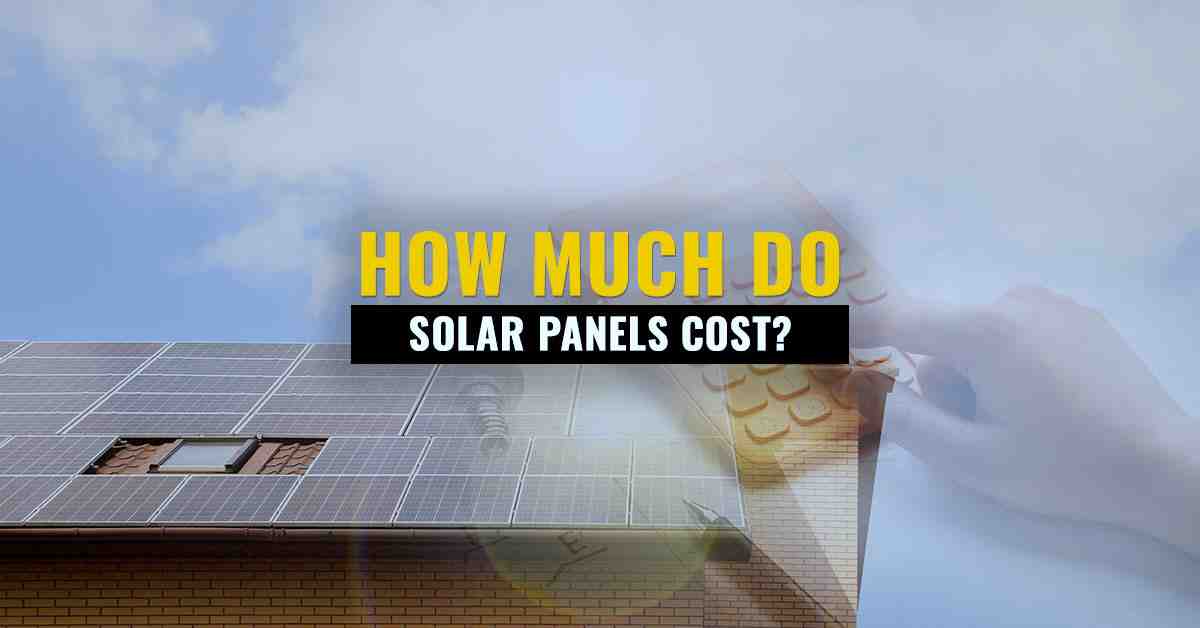
Selling a house with your own solar panels is easier than selling a house with rented panels. … According to the Lawrence Berkeley National Laboratory, houses with standard 3.6 kW systems sold for about $15,000 more than houses with smaller systems or no panels.
Are solar panels harmful to the resale value of your home? A few studies have shown that solar installations increase a home’s resale value by up to $6,000 for every kilowatt of solar panels installed, or by about 4.1% of the home’s value. However, this can vary quite a bit from one geographic location to another, even for similar homes with similar solar panels.
What happens to solar panels loan when you sell your house?
If your solar panel system is financed through an unsecured loan, the loan is not tied to your property, so you can sell and move your home before paying it off. Keep in mind that you are still obligated to pay off the rest of the loan.
Do solar panels put value on your house?
In terms of real estate value, solar panels can certainly add value to your home and make your property more attractive to buyers. Ultimately, solar panels are a long-term investment that residents should be prepared for.
What happens to unused energy from solar panels?
Unused power from this solar electrical array is automatically exported to the utility grid, giving the homeowner credit for future electrical use on non-sunny days. … When this happens, your unused solar energy is credited to your utility company for you to use when it’s not sunny.
Why do Realtors hate solar?
Some brokers turn buyers away from solar homes because the brokers themselves don’t understand them. “There are a lot of real estate agents who put off buyers with their own opinions.” said McGill. “This is irresponsible, and it’s against cops ethics by the way, but it happens.
Why You Should not Get solar?
You will lose your power during a power outage. Most houses that use solar energy are not completely self-sufficient and must be connected to the grid. That’s because your system may be producing more energy than your home needs and the excess power has to go somewhere.
Why solar is a ripoff?
Companies have misled consumers about the true cost of installing solar panels, delivered shoddy workmanship and left homeowners with higher energy costs, all the while forcing them to sign unscrupulous contracts that leave little room for redress. … Two companies stand out in particular: Vivint and SolarCity.